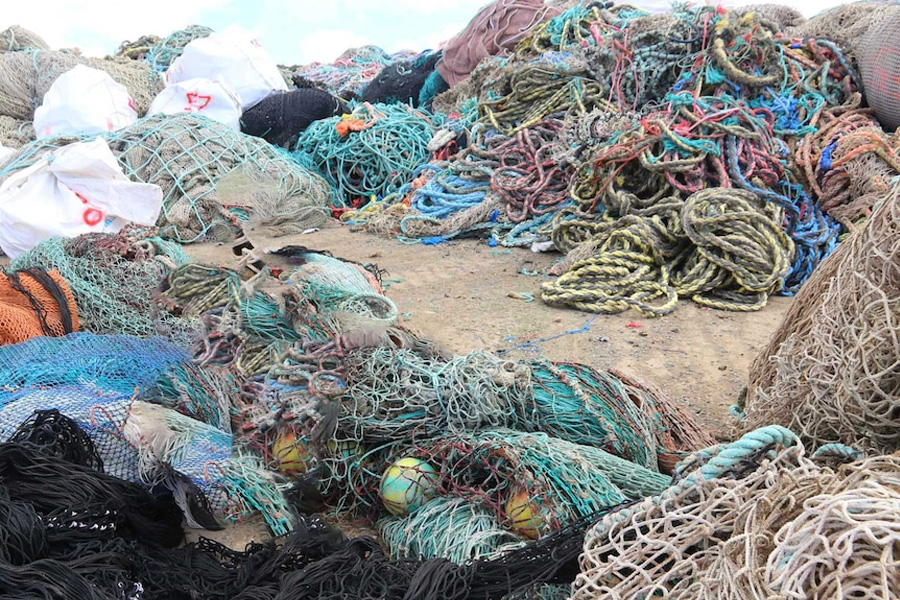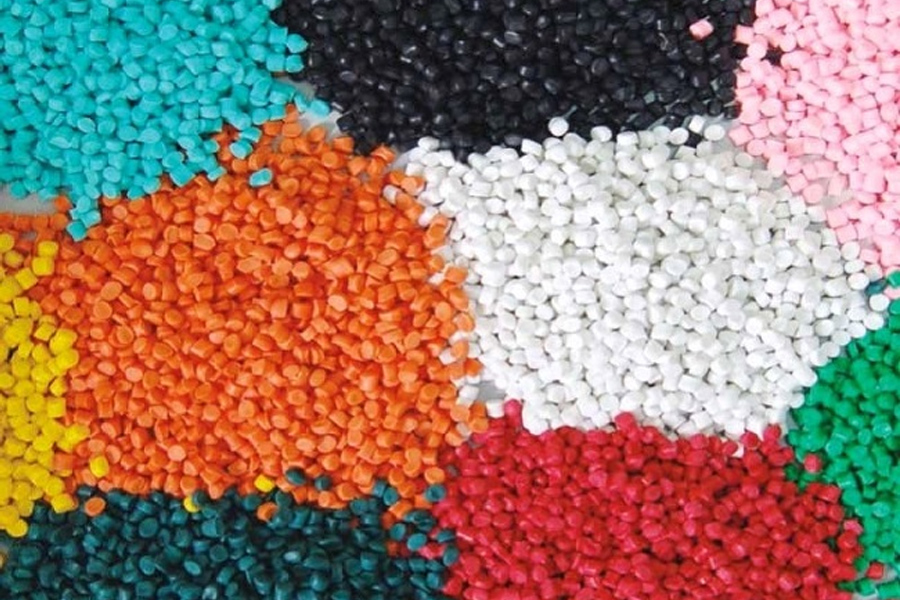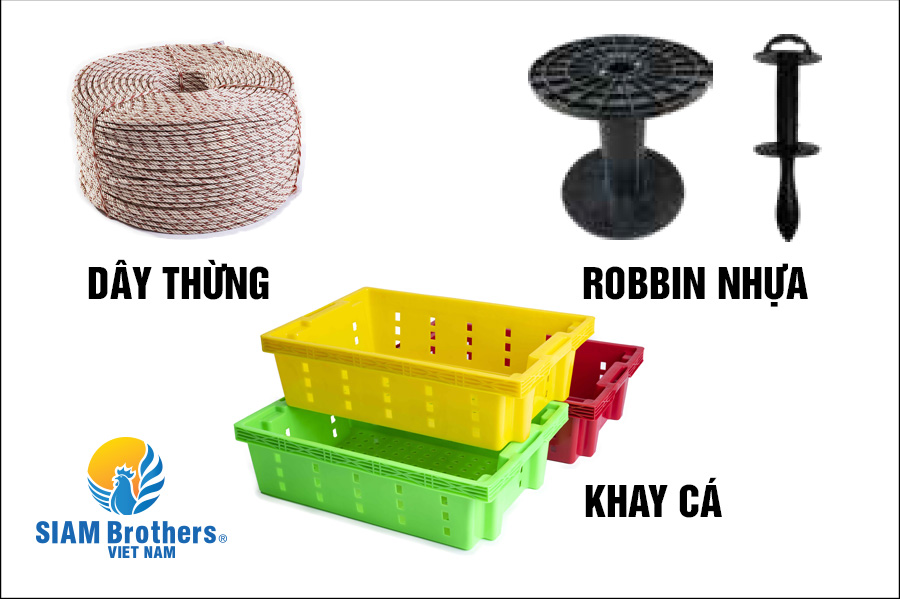In today's era, waste management is becoming a significant challenge for humanity. Every year, billions of tons of waste are generated worldwide, causing substantial impacts on the environment and human health. In the production of ropes, the collection and recycling of used ropes are essential. Recognizing this importance, Siam Brothers Vietnam has established a recycling process for used ropes following European standards. Siam Brothers Vietnam is committed to delivering sustainable values. Let's explore the recycling process of used ropes according to European standards with Siam Brothers Vietnam, discovering what it entails.
Table of contents
Details
Siam Brothers Vietnam JSC accepts the collection of various types of used ropes from fishermen. Interested individuals can contact the company directly or inquire through the distribution network for more information. After the collection, the company sorts the rope products into two main categories: those made from recyclable materials such as PP, PE, PET plastic pellets and ropes that cannot be recycled due to excessive impurities, dirt, or damage. The sorting process is essential to determine whether the ropes can still be recycled.

After the sorting process is complete and the ropes eligible for recycling have been identified, the next step is to take the ropes for cleaning. The ropes are washed and cleaned in washing tanks or washing machines to remove dust, grease, and other impurities. Cleaning the used ropes is a necessary step to ensure the quality of the recycled end product.
After the washing and cleaning process, the used ropes are taken for drying through a system of drying tanks to dry them and prepare for the next step. At this point, the ropes have been clearly sorted and are clean.
After being sorted and cleaned, the used ropes are cut into short segments and separated into different types, similar to the sorting in step 1, based on the materials that make up the ropes such as PP, PE, PET, nylon, etc. Each type of rope has a different melting temperature (PP plastic has a melting temperature of about 165°C, PE plastic has a melting temperature of about 120°C), so they need to be separated for easier processing and recycling.
After cutting the ropes into small segments, the next step is chopping and grinding the ropes. The grinding machine will turn the ropes into small plastic pellets or fine fibers.
The resin after being chopped and ground, are then taken to a heating machine to melt the small pellets or fibers of the chopped ropes. At this stage, color can be added to achieve the desired color for the recycled plastic pellets; otherwise, the color will be that of the original ropes being recycled. After melting, there is a fiber drawing machine to pull the melted chopped ropes into long fibers. Along with the fiber drawing machine is a cooling system because the pulled fibers will be very hot. At the end of the drawing machine, there are tools for drying the pulled fibers. After passing through the fiber drawing and cooling machine, the next step is the cutting machine, which cuts the drawn fibers into recycled plastic pellets. The finished recycled plastic pellets will then be carefully packaged.

Quality control of the finished product is always the final and crucial step in every company to ensure the outgoing products meet the required standards. The recycled plastic pellets will undergo thorough quality checks by the QC staff of Siam Brothers Vietnam, covering both the quality of the pellets and the packaging.
Depending on market demands and development directions, recycled plastic pellets can be utilized for various purposes. Siam Brothers Vietnam is oriented towards recycling into different types of products such as recycled ropes, plastic ribbons used for wrapping ropes in the rope production line, plastic fish trays, etc.

The entire process of recycling used ropes at Siam Brothers Vietnam is built following European standards, ensuring the production of high-quality products. The establishment of a recycling plant for used ropes reflects Siam Brothers Vietnam's high determination and sense of responsibility towards the community, with a commitment to delivering sustainable and long-lasting values. For those interested in purchasing products such as ropes, Cock Ropes, baling twines, Thai baling twines, Thai Cock ropes, Thai boat-tying ropes,... and other fishing gear such as fish trays, boat lubricants, fishing lights, submersible pumps, you can refer to siambrothersvn.com. Thank you to our customers for being with Siam Brothers Vietnam for the past 30 years.